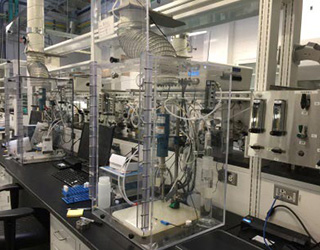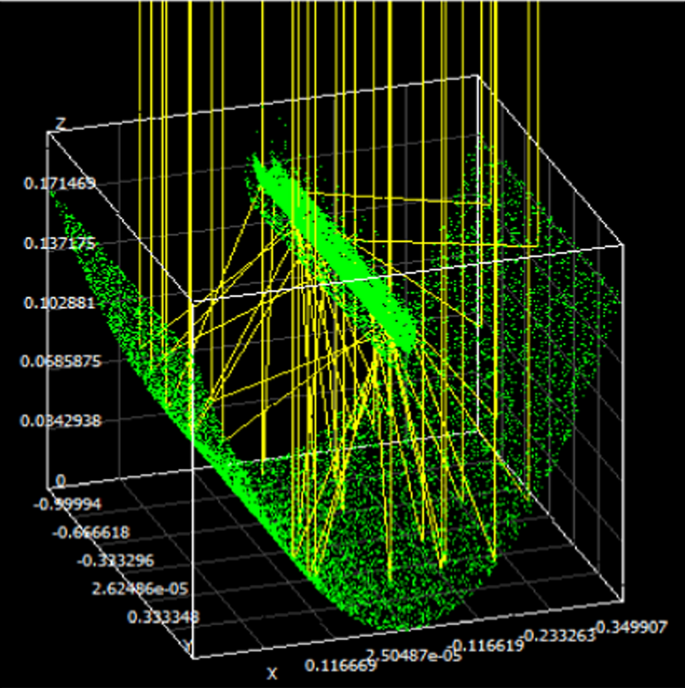

It is also shown that a dramatic cost reduction is required for the selected linear Fresnel technology to be competitive in the future energy market. The selected central-receiver technology provides the most consistent seasonal production profile over the course of the year due to its two-axis-tracking ability but would suffer most from the increasing solar collector optical error. The parabolic trough has the highest optical performance among all. Using China Lake (California) as an example, the annual optical efficiency is 60% for the selected parabolic trough collector, 52% for the selected central-receiver technology, and 40% for the selected linear Fresnel collector.

The efficiency over a one-year period is then analyzed based on ray-tracing more » results.

The ray-tracing algorithm is used to calculate a collector's design-point performance as well as its incidence-angle modifiers to evaluate the collector performance at any sun position during a typical meteorological year. Optical models are implemented in SolTrace, which is ray-tracing software developed at the National Renewable Energy Laboratory. This study presents a detailed optical comparison between three representative CSP collector designs including linear Fresnel, parabolic trough, and central-receiver technologies. The optical performance of a concentrating solar power (CSP) collector is critical to the overall efficiency of the system.

Furthermore, this method presents a quick and very flexible coarse adjust method for concentrated solar power (CSP) field design, and can be used to both rapidly gain an understanding of system performance as well as to narrow variable constraint windows for follow-on high accuracy system = , While some precision is sacrificed for computational speed, flux distributions were compared to ray tracing (SolTrace) and average concentration ratio generally found to agree within ~3%. The method is demonstrated on a linear Fresnel reflector array and a number of variable iteration examples presented. A reduction in processing time (as compared to ray tracing) allows for evaluating and visualizing numerous combinations of engineering and operational variables (easily exceeding 106 unique iterations) to ascertain instantaneous, transient, and annual system performance. Compared to ray tracing methods, which provide high accuracy but can be computationally intensive, this approach makes a number of simplifying assumptions in order to reduce complexity by modeling incident and reflected flux as a series of simple geometric diverging polygons, then applying shading and blocking effects. This paper presents an efficient and robust methodology for modeling concentrated solar flux distributions.


 0 kommentar(er)
0 kommentar(er)
